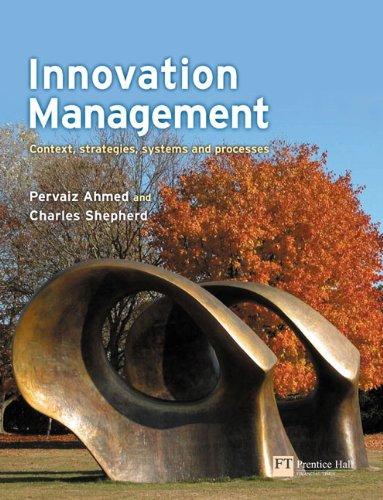The Huajian Group, a Sino-Taiwan shoe maker, is precisely the type of Chinese exporter that should be
Question:
The Huajian Group, a Sino-Taiwan shoe maker, is precisely the type of Chinese exporter that should be on its knees. Huajian exports 95 per cent of its output to the US, focus of the global financial crisis.
‘Christmas orders are coming in and probably won’t be as high as last year’, says Zhang Huarong, Huajian’s founding chairman. ‘But things are getting better these days. Our profit margin has decreased but orders are up 10 per cent from our worst period [earlier this year].’ The company, he adds, has recently increased its workforce by more than 20 per cent 3 to 22,000 workers from 18,000 3 and raised salaries 3 per cent.
It is a similar story across town at Dongguan’s Songshan Lake high-tech park, a model business development zone. There, Celestica, a former IBM division, makes teleconferencing equipment and Xbox computer game consoles for Microsoft. According to company officials, Xbox shipments are down about 15 per cent compared with last year. ‘That’s why we’re putting a lot of emphasis on efficiency’, says one manager. Celestica has not made any employees redundant, relying instead on natural attrition.
While Huajian and Celestica may be surviving rather than thriving, their performances are encouraging, considering the wider pain across china’s export sector. In Guangdong, which is China’s largest export centre, accounting for about a third of national shipments, exports fell 18.3 per cent in the first six months of this year from 2008, to $153.4bn. This macro performance would seem to validate Beijing’s hopes that the financial crisis is helping to speed a flight to quality, benefiting large exporters such as Huajian and Celestica at the expense of smaller, less efficient factories.
‘The global financial crisis has made enterprises realise that they need to restructure’, said Wang Yang, the Chinese Communist party’s most senior representative in Guangdong, ‘Factories that have patented products are doing better, for example.’ ‘Our main focus is not on [gross domestic product] growth but on how to transform the city, especially our industrial structure’, added Zhu Xiaodan, party secretary of Guangzhou, the provincial capital. ‘Even if we have to sacrifice part of our GDP, we want to pay this price.’ Mr Wang and Mr Zhu’s quality-over-quantity mantra is not necessarily the rule. The mayor of Dongguan, for example, is sticking by his city’s 10 per cent growth target in spite of having achieved just 0.6 per cent growth over the first half of this year. Growth appears to be even more of an obsession at Guangzhou’s premier development zone, where officials calculate and boast of such statistical nonsense as economic output per square metre of land area.
QUESTIONS
1. From your reading of the case, what different approaches to quality and innovation occur in China?
2. Discuss which of these approaches are most likely to lead to success in
(a) China and
(b) your own country.
Step by Step Answer:

Innovation Management Context Strategies And Processes
ISBN: 9780273683766
1st Edition
Authors: Charlie Shepherd, Pervaiz K. Ahmed





